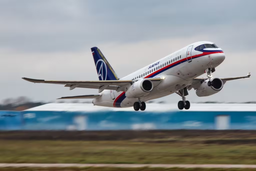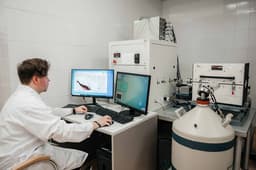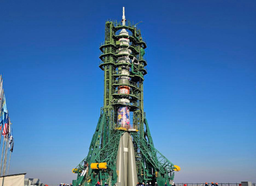«Roscosmos» spoke about the conduct of a scientific experiment «Plasma Crystal-4» on the ISS by cosmonauts, in which low-temperature plasma is studied under conditions of microgravity. It contains not only electrons, ions and neutrals, but also heavily charged dust particles. In such a state, «plasma crystals» arise — ordered structures composed of charged dust particles.
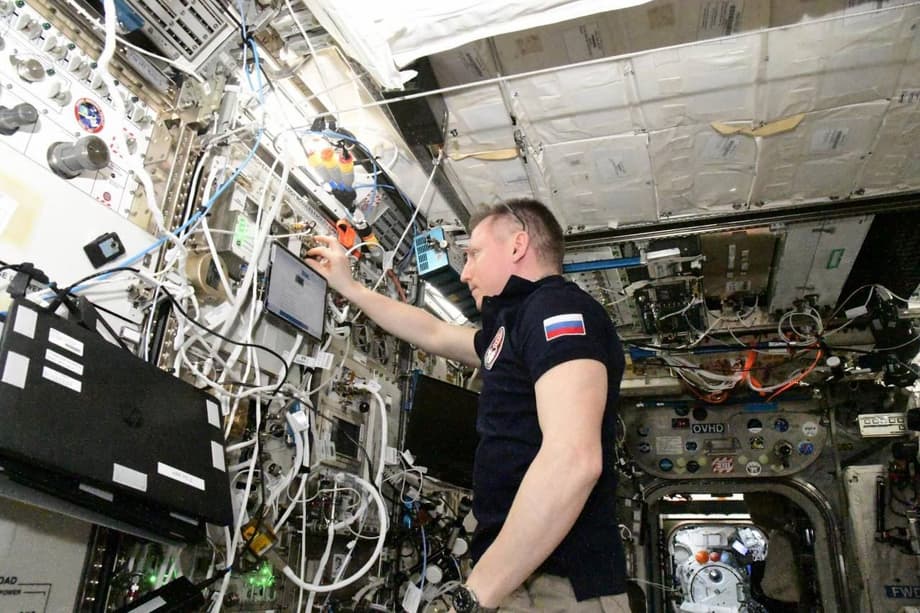
«Studying their behavior will help deal with the problem of ubiquitous lunar dust. If you know the distribution of the electric potential around the landing module and the charges of moving dust particles, it becomes possible to create barrier electrostatic screens», — explains «Roscosmos».
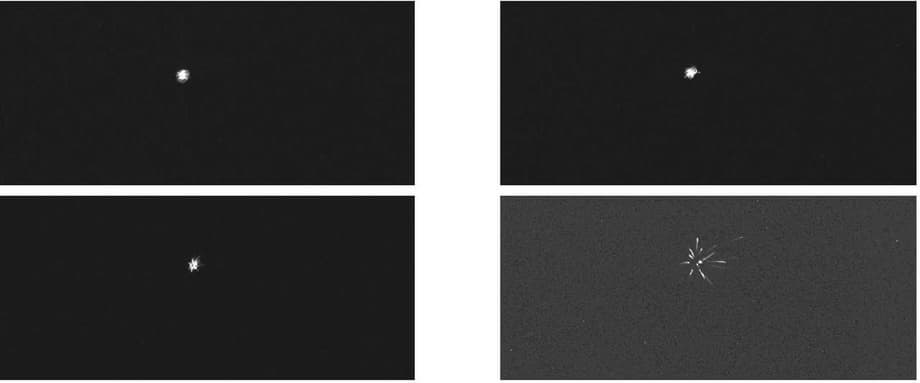
The knowledge gained during the scientific experiment can be applied in plasma etching, sputtering in microelectronics, controlled thermonuclear fusion, rocket building and so on.
Now on home
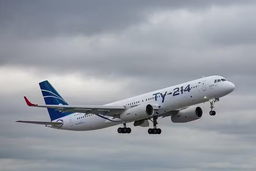
Герой России Гарнаев: никто из профессионалов о возобновлении производства на КАЗ всерьёз не говорит
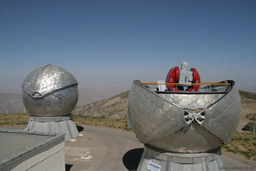
Система отслеживает спутники на высотах до 50 000 км и ведёт за ними наблюдение
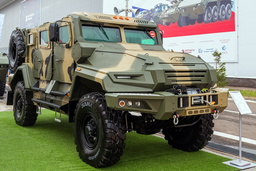
The armored vehicle is equipped with a KamAZ-740.35-400 diesel engine with a power of 400 hp.
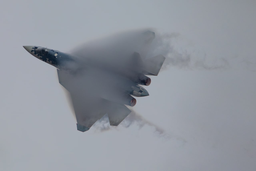
Constant improvements in avionics, weapons and tactical capabilities will make the aircraft a flexible response to future challenges
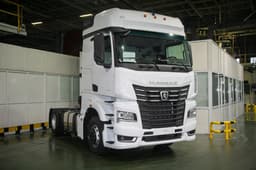
The exterior of the KamAZ-54901 features fairings on the cab and chassis for fuel economy
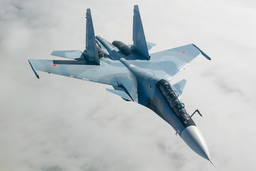
Fighters are in demand both domestically and abroad
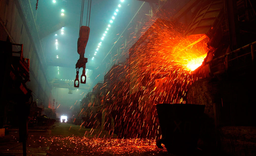
Tyazhpromexport and Venezuela Agree on Plant Revival

The company not only completed the state order, but also quickly mastered the production of AK-12K for special forces

Experts have developed a photogrammetric complex with a resolution of less than 1 cm
